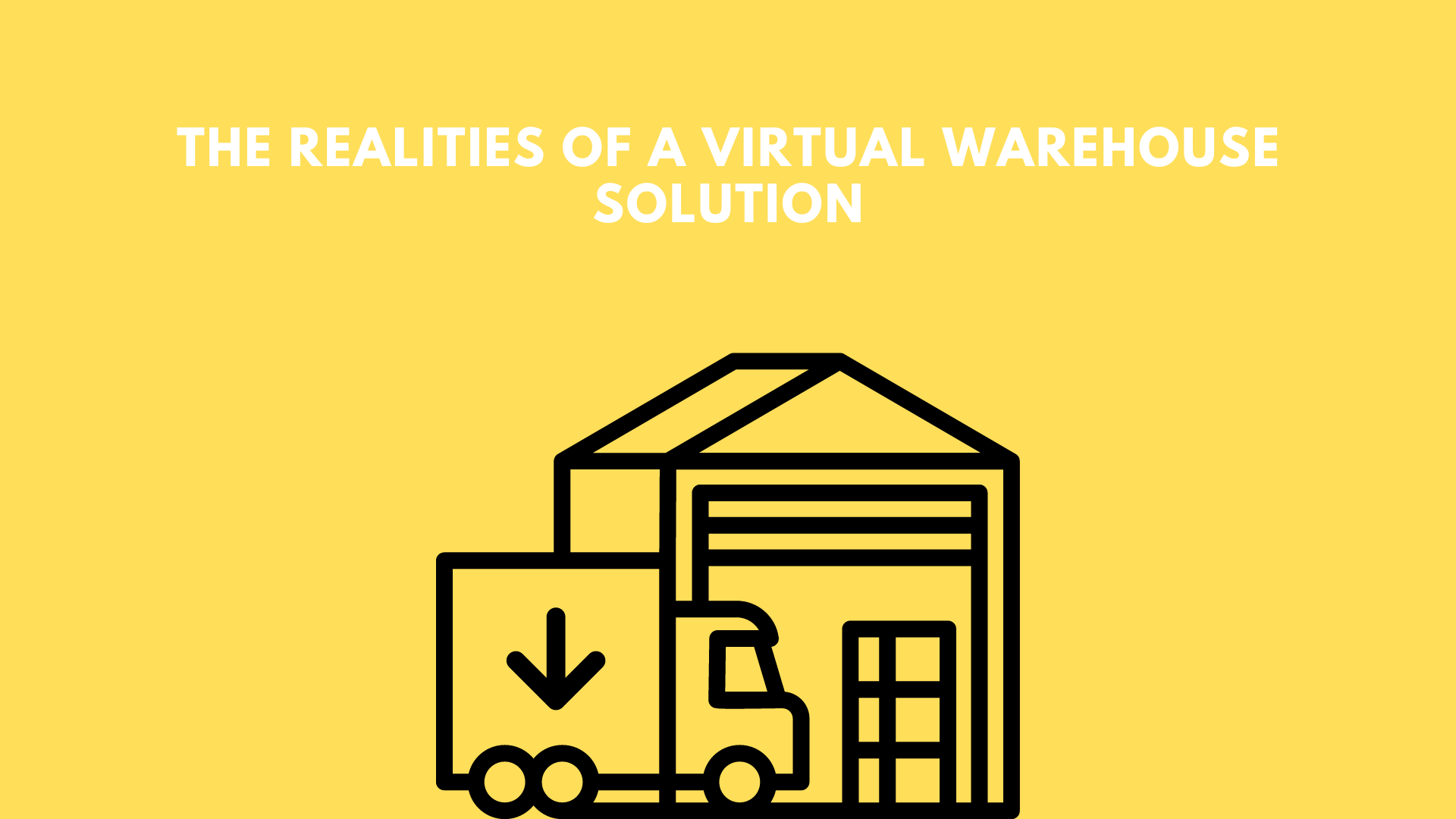In the age of digital transformation, businesses are continually seeking innovative ways to streamline operations, reduce costs, and enhance efficiency. One such innovation is the virtual warehouse solution, a concept that leverages advanced technology to manage inventory and logistics without the need for a physical storage space. While the idea of a virtual warehouse offers numerous benefits, it also comes with its own set of challenges and considerations. In this blog, we will explore the realities of implementing a virtual warehouse solution, highlighting its advantages, hurdles, and practical insights.
Understanding Virtual Warehousing
A virtual warehouse is an integrated digital system that manages inventory across multiple locations, often without a central physical storage space. Instead of maintaining a large warehouse, businesses use a network of smaller storage facilities, retail locations, and drop-shipping partners. This approach is facilitated by advanced software that provides real-time visibility and control over inventory, orders, and logistics.
Advantages of Virtual Warehousing
1. Cost Savings
One of the most significant advantages of a virtual warehouse solution is cost savings. By eliminating the need for a large physical warehouse, businesses can save on rent, utilities, and maintenance. Additionally, virtual warehousing reduces the need for large inventories, minimizing storage costs and reducing the risk of overstocking.
2. Flexibility and Scalability
Virtual warehouses offer unparalleled flexibility and scalability. Businesses can quickly adapt to changing market demands by adjusting inventory levels across various locations. This agility allows for rapid response to fluctuations in customer demand, seasonal trends, and market conditions.
3. Improved Efficiency
Advanced software solutions provide real-time data and analytics, enabling businesses to optimize inventory management and order fulfillment processes. This results in faster order processing, reduced lead times, and improved overall efficiency.
4. Enhanced Customer Experience
Virtual warehousing allows businesses to strategically position inventory closer to customers, reducing shipping times and costs. This proximity to the customer enhances the delivery experience, leading to increased customer satisfaction and loyalty.
Challenges of Virtual Warehousing
1. Technological Integration
Implementing a virtual warehouse solution requires significant investment in technology. Businesses must integrate various software systems, such as Inventory Management Systems (IMS), Order Management Systems (OMS), and Transportation Management Systems (TMS). Ensuring seamless integration and compatibility between these systems can be complex and time-consuming.
2. Data Accuracy and Real-Time Visibility
Accurate and real-time data is critical for the success of a virtual warehouse. Businesses must ensure that all inventory and order data is up-to-date and accurate across all locations. Inaccurate data can lead to stockouts, overstocking, and inefficient order fulfillment.
3. Logistics and Coordination
Managing inventory across multiple locations requires efficient logistics and coordination. Businesses must establish robust processes for inventory movement, order fulfillment, and returns management. Coordinating these activities can be challenging, especially when dealing with multiple partners and suppliers.
4. Security and Risk Management
Virtual warehousing involves sharing sensitive data and inventory information across various platforms and partners. Ensuring data security and managing risks associated with data breaches, cyberattacks, and unauthorized access is paramount.
Practical Insights for Implementing a Virtual Warehouse Solution
1. Choose the Right Technology Partner
Selecting a reliable technology partner is crucial for the successful implementation of a virtual warehouse solution. Look for providers with a proven track record, robust software solutions, and excellent customer support. Ensure that the chosen technology integrates seamlessly with your existing systems.
2. Invest in Training and Support
Investing in training and support for your team is essential. Ensure that employees are well-versed in using the new software and understand the processes involved in virtual warehousing. Continuous training and support can help address any issues that arise and ensure smooth operations.
3. Prioritize Data Accuracy
Implement stringent processes for data entry and validation to maintain accurate and real-time data. Regularly audit and reconcile inventory data to identify and rectify discrepancies. Leveraging automated data capture and barcode scanning can also enhance data accuracy.
4. Develop Robust Logistics Strategies
Establish clear logistics strategies for inventory movement, order fulfillment, and returns management. Collaborate with reliable logistics partners to ensure efficient and timely delivery. Utilize advanced routing and tracking systems to monitor shipments and optimize delivery routes.
Conclusion
The concept of a virtual warehouse solution presents a transformative approach to inventory management and logistics. While the benefits of cost savings, flexibility, improved efficiency, and enhanced customer experience are compelling, businesses must also navigate the challenges of technological integration, data accuracy, logistics coordination, and security.
By carefully considering these realities and implementing practical strategies, businesses can successfully leverage virtual warehousing to achieve operational excellence and stay competitive in today’s fast-paced market. Embracing this innovative solution can lead to significant advancements in efficiency, scalability, and customer satisfaction, ultimately driving business growth and success.









